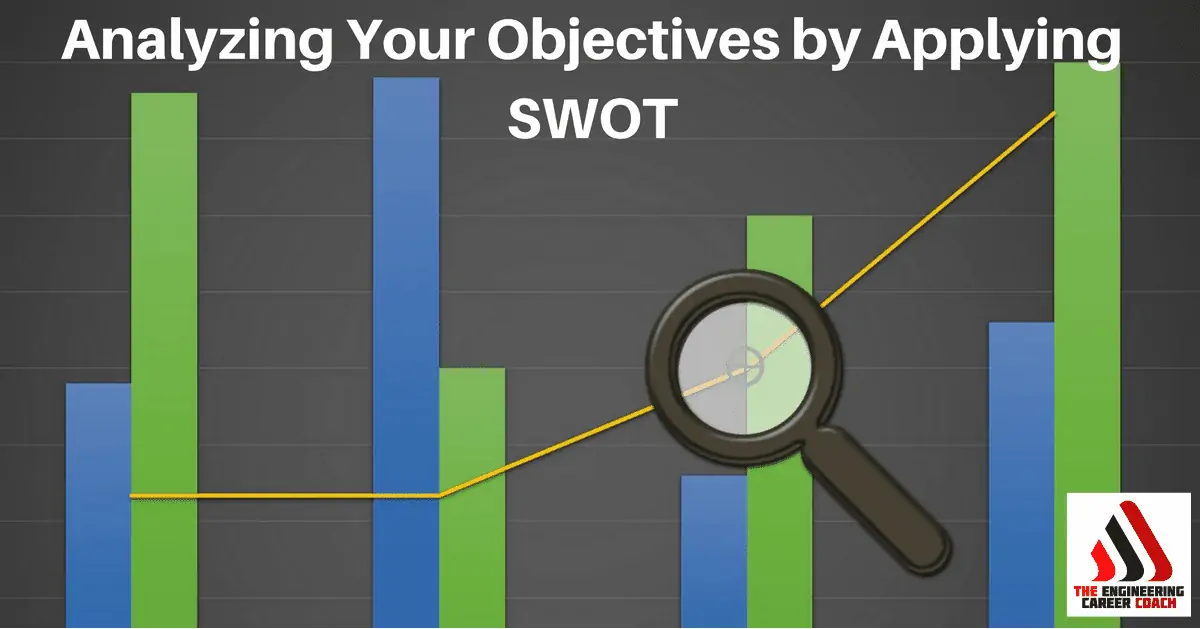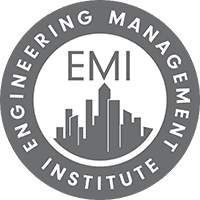A great strategic planning tool used in business for analyzing an environment for a new project is the SWOT analysis: Strengths, Weaknesses, Opportunities, and Threats. Business planners know that in order for a project to be successful, they need to scope the playing field to determine what resources to allocate, what challenges will be faced, and what outside support is going to be required.
Although the SWOT analysis is generally associated with business, you can apply it in nearly every endeavor you undertake. From strategic planning in your organization to determining what new projects your son’s Boy Scout Pack will undertake to analyzing your personal-professional aspirations. The reason the tool is so effective is that it focuses your thinking on the key factors that spell success for any project. Doing this highlights the internal (strengths, weaknesses) and external (opportunities, threats) factors involved and in so doing, eliminates risk through awareness.
As shown above you can employ the SWOT analysis on your objectives by:
1. Define the end state or objective. For example, In our professional lives this might be earning a masters degree, professional registration, or launching our own company. Work on the end-state until you can clearly articulate what you want in no more than 8 words, for example: “Obtain my PE by April 2012” or “Secure two federal MOBIS contracts by January 2014”.
2. Strengths. Obviously, These will be your characteristics giving you an advantage over others in your organization, career field, or speciality. Some examples might be technical or life experience, education, perseverance, charisma, etc.
3. Weaknesses. Contrarily to the previous one, these are your characteristics placing you at a disadvantage relative to others. For example, lack of education or experience in a specific field, no contacts in a certain network, health, monetary, etc.
4. Opportunities. These are the external known-knowns that increase your chances in achieving your end state. For example, referrals from colleagues, business leads from a friend, an upcoming conference with a speaking engagement, a scheduled PE examination prep course.
5. Threats. These are undoubtedly elements conspiring to keep you from achieving your objectives. Threats consist of such things as procrastination, fear of failure/rejection/unknowns, competing interests on time, competition from others, health concerns, etc.
6. Action Plan. From the SWOT above, you build an action plan and time line for meeting your end state by leveraging your Strengths and Opportunities, while being on the look-out for your Weaknesses and scanning for the Threats.
In conclusion the success on any endeavor we undertake can be planned and must not be left to chance. As professional engineer-leaders, we invest a lot of time in eliminating risk in our clients projects and programs. We do this in order to make the projects/programs successful, make us successful, and therefore build a reputation of success and due diligence. Invest the time to analyze your personal objectives and eliminate risk through analysis.
“Good plans shape good decisions. That’s why good planning helps to make elusive dreams come true.” Lester Robert Bittel
Onward,
Christian J. Knutson, P.E., PMP
Engineering Management Institute





